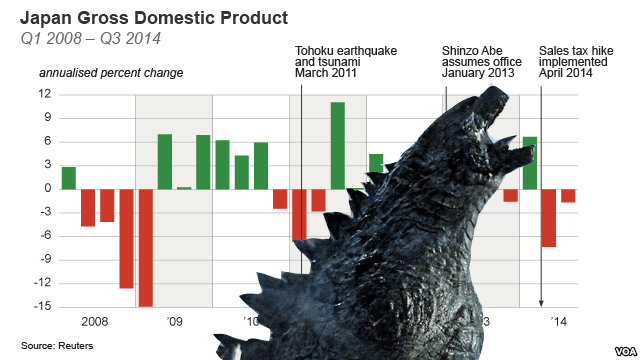The Ministry of Internal Affairs released a report a day before Children’s Day, a national holiday held on May 5th, detailing the decline of children in Japan. According to the report, the number of Japanese children aged 14 and under fell for the 33rd straight year in a row. It is now at a record-low of 16.33 million, down 160,000 from a year earlier. Since the ministry began recording this data in 1950, that age group has plummeted by more than 13 million. And as the birth rate hits a new low of 1.39, a demographic crisis looms over the country.
“The falling birthrate will probably have a very severe impact on the Japanese economy,” said Masahiro Yamada, a sociology professor at Chuo University in Tokyo. “Japan’s social security system will probably collapse.” Masanao Ozaki, the governor of Kochi prefecture to the west of Tokyo, stated that he is “deeply concerned as to whether young workers in the future will be able to take on such a huge burden.”
Japan’s birth rate has fallen to half of what it was only 60 years ago. Of the major countries with a population of at least 40 million, Japan had the lowest ratio of children to the total population. And to make matters worse, the government said in March that the number of people in Japan dropped by 0.17 percent to 127,298,000 as of October 1, 2013. The government recently forecasted that the proportion of people aged 65 or over will reach nearly 40 percent of Japan’s population in 2060.
Unlike other developed nations where immigration supplements a declining birth rate, immigration to Japan is heavily restricted, making it impossible for any substantial population increase – especially among children – to occur. Rather than combine work with child rearing, Japanese women are expected to make a choice: either marry and raise children or remain single and work. Many women are choosing to do the latter.
The Japanese government, well aware of this problem, has recently taken desperate measures to reverse the nation’s plunging birth rate -- funding matchmaking and dating services to get more young people married and producing babies. Local officials arrange “konkatsu” parties where singles can meet and mingle, after having bought tickets that allow them to drink and eat at bars and restaurants. Prime Minister Shinzo Abe has allocated 3 billion yen (or roughly $29.3 million) to this program in the hope that it will lift birth rates in the current fiscal year.
The government will also try to boost population by increasing immigration. Japan has had restricted immigration laws for decades, but now the need to replenish its population has forced the government to rethink their policies. There are members of Abe’s cabinet that want to allow 200,000 immigrants annually to settle in the country. Under this policy, Japanese authorities predict their population would reach 114 million by 2110.
The Abe administration also proposed a Cabinet Sponsored bill in February that would benefit female workers who want to have children. One bill would establish a new framework to reduce the cost for employers to grant employees’ childcare leave. It would also establish a new afterschool childcare system for elementary school students with mothers who want to work.
Japan’s demographic realities pose a number of serious problems that must be addressed; however, it is relieving to see that the Japanese government is acting. Hopefully it isn’t too late for them to reverse a number of these unsettling trends and get Japan’s population back on track.


